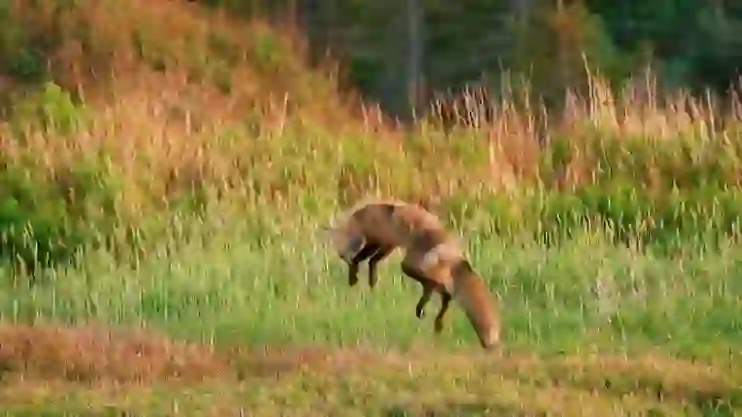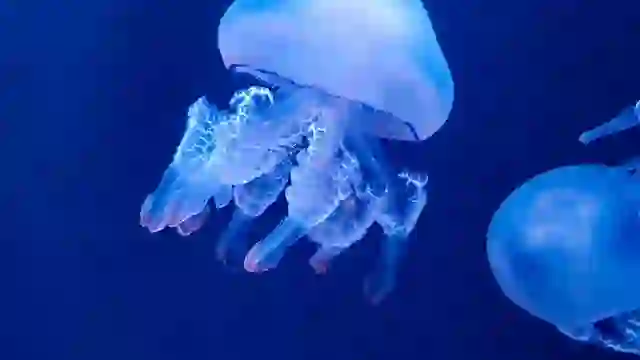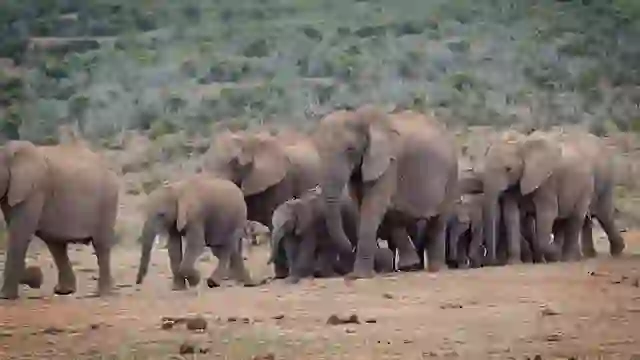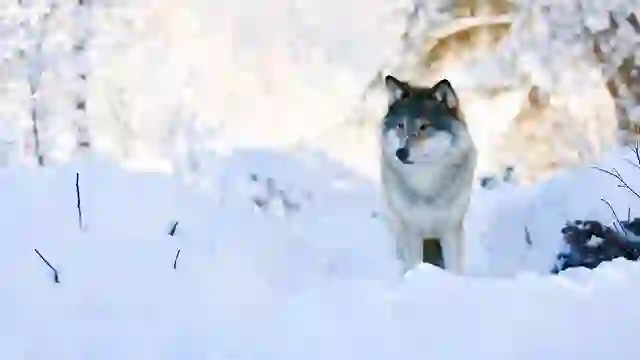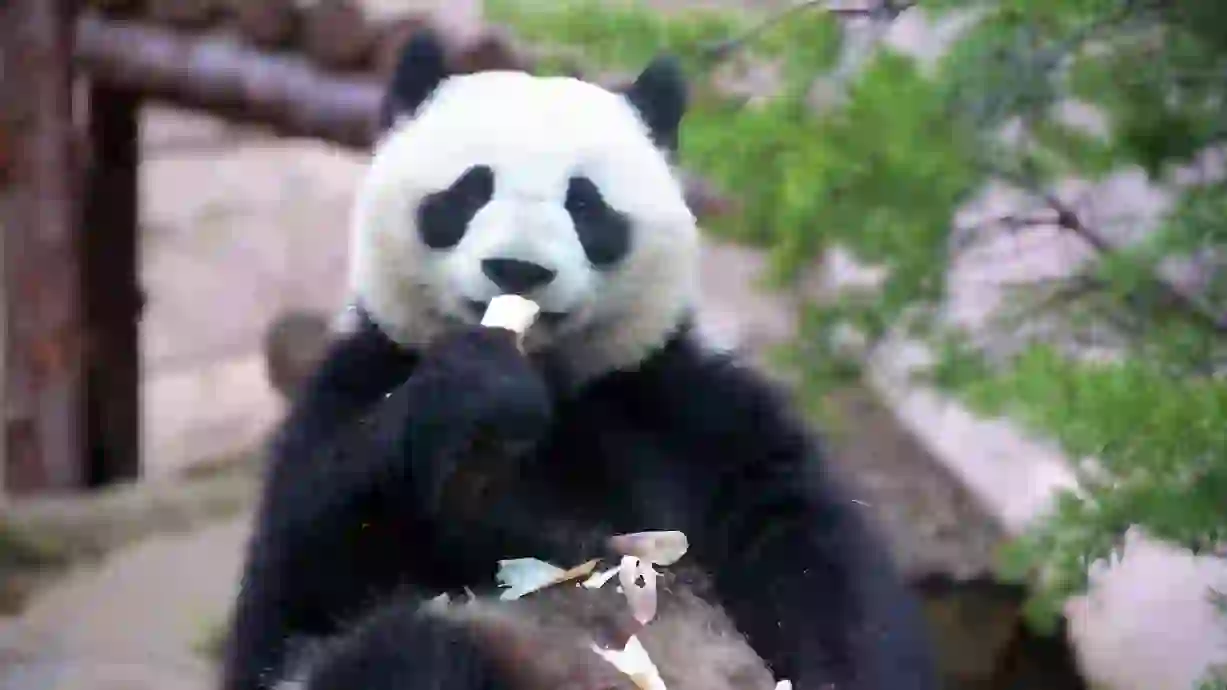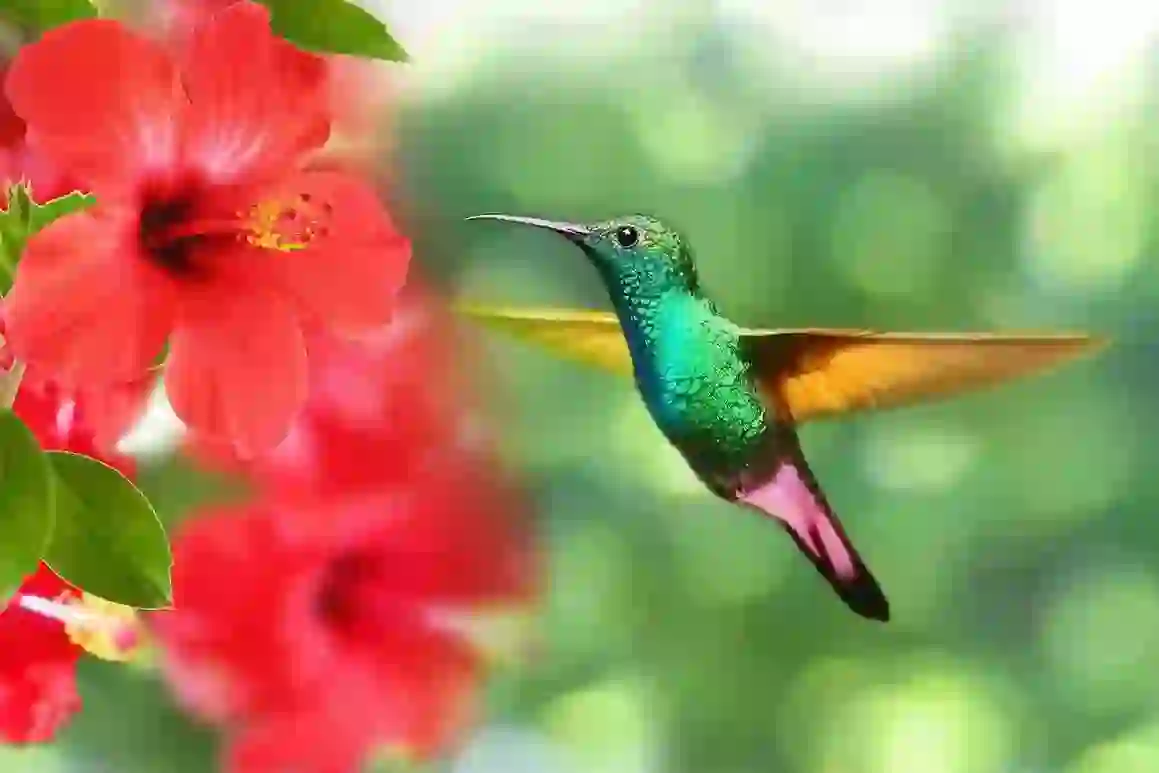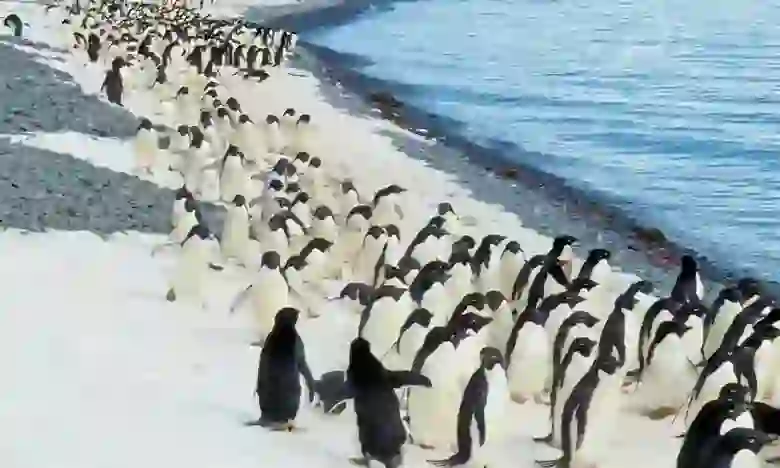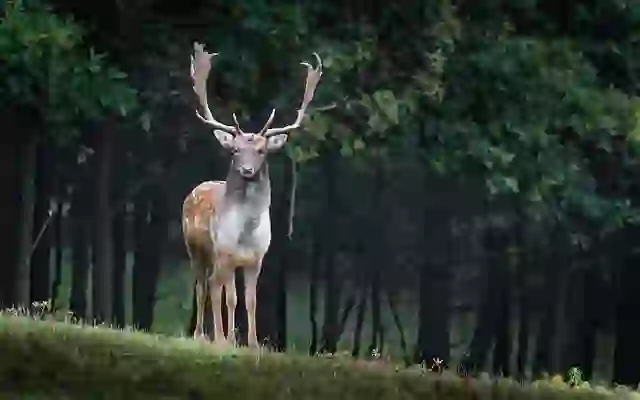
Firefly
Firefly
Firefly
The sight of fireflies flickering and flying in the dark night is very magical. Few people have seen fireflies up close to understand why their bodies glow. Where can you see fireflies, and how do they glow? There are many curious aspects about fireflies. This article will delve into the ecology of fireflies.
Firefly Basic Infomation
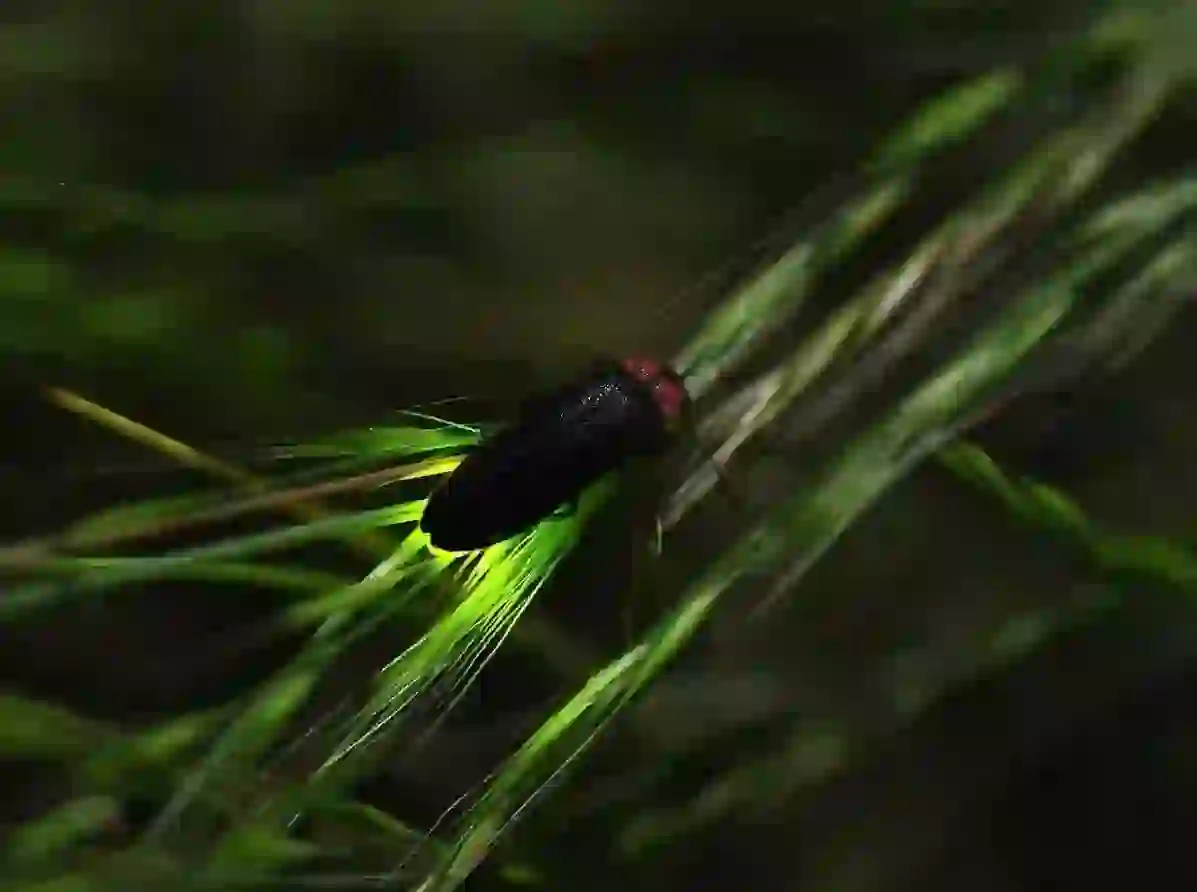
Basic Information
Phylum: Arthropoda Class: Insecta Order: Coleoptera Suborder: Polyphaga Infraorder: Elateriformia Family: Lampyridae Body Length: 7-10mm Fireflies are found worldwide, except in polar regions and deserts. There are over 2,000 species, with many distributed throughout Japan from Hokkaido to Okinawa. Some fireflies spend their larval stage in water, while others live on land in wetlands. Only about ten species live in water globally, with three species in Japan: Genji-botaru, Heike-botaru, and Kumejima-botaru, mainly found in rice fields and near water. Firefly eggs are very small, about 0.5mm. A female Genji-botaru lays about 800-1,000 eggs at a time, which hatch into larvae in about ten days. The larvae live in water for about ten months, then come ashore in spring after the rain, burrow into the soil, and pupate. After about two weeks, they become adults. The average lifespan is 7-10 days. Although they lay many eggs, only a few become adults.
Firefly Q&A

What is the Origin of the Name Firefly?
The earliest record of fireflies is in the Nihon Shoki, and they were already called '螢' during the Heian period. Various theories explain the name 'hotaru,' such as 'ho' meaning 'fire' and 'taru' meaning 'to drip,' implying 'fire dripping insect.' Another theory suggests it comes from 'hotaru' meaning 'fire tail insect.' The names Genji-botaru and Heike-botaru appear in the third volume of the 1906 publication 'Nihon Senchū Zusetsu,' with Genji-botaru possibly named after Hikaru Genji from The Tale of Genji. The origin of the name remains unclear.
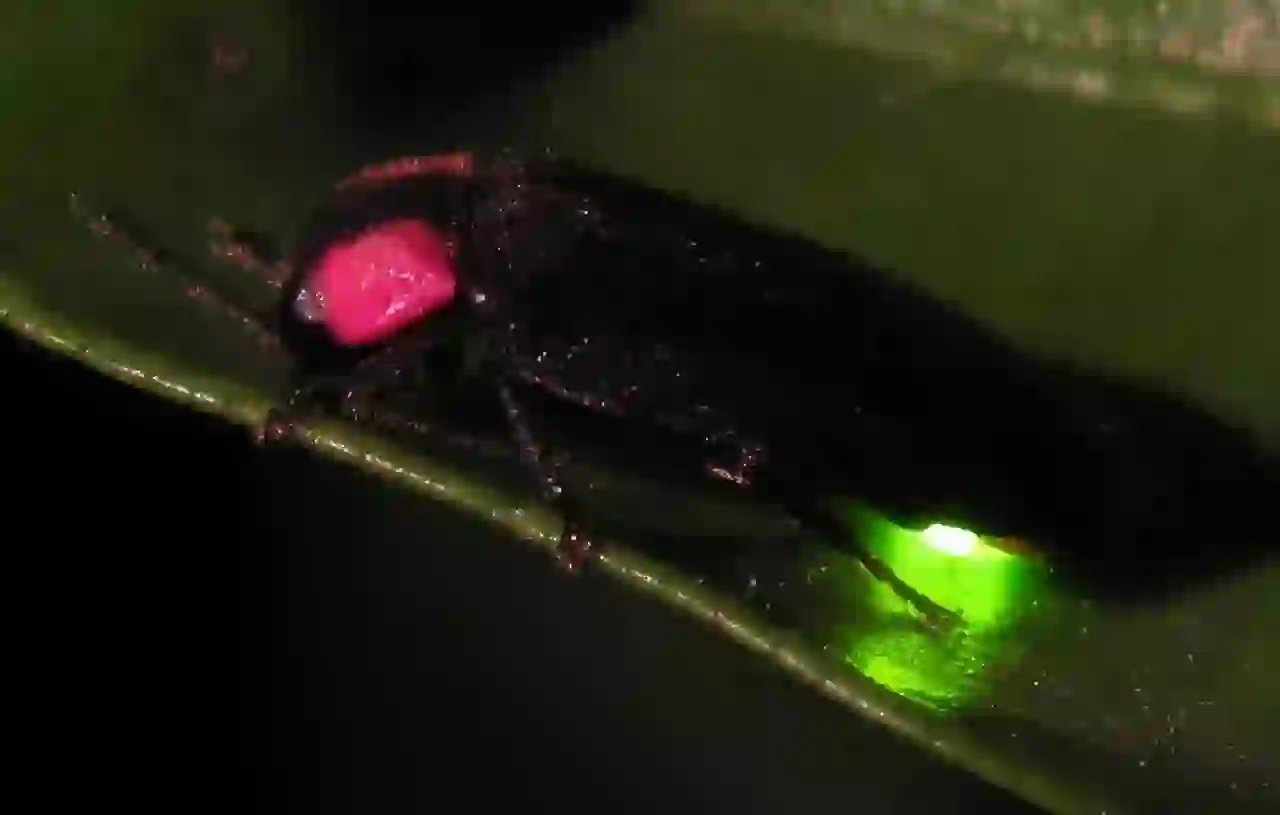
Why Do Fireflies Live Where They Do?
Fireflies live in places with water, such as rice fields and irrigation channels, because their larvae feed on snails found in these environments. Adult fireflies prefer quiet, clean water areas away from artificial lights, as their mouths are underdeveloped, and they can only consume water. They rely on nutrients stored during their larval stage for reproduction. Suitable environments for fireflies include areas with water moss and soil grass for laying eggs, as well as dark places with minimal artificial light.
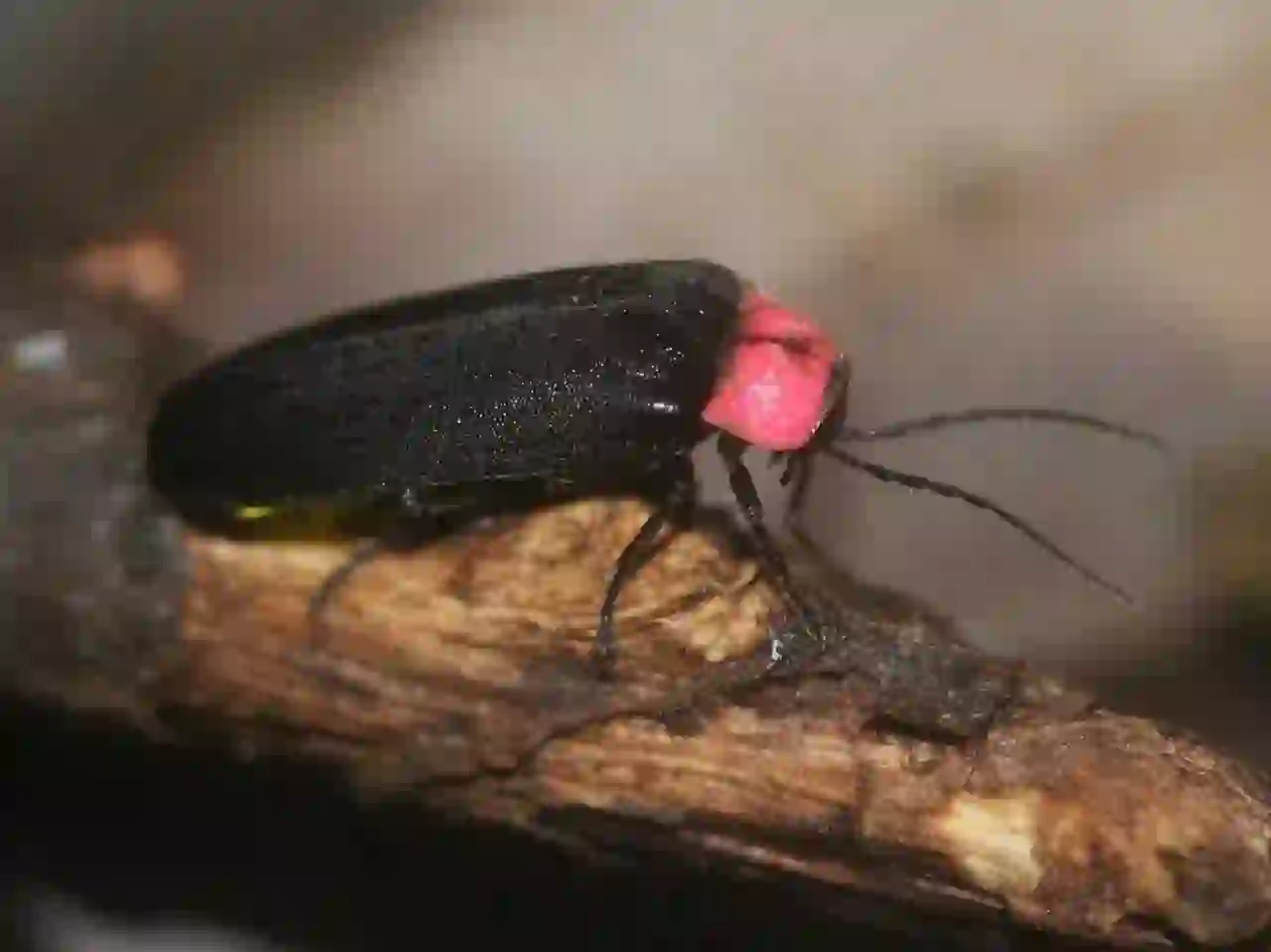
What Do Fireflies Eat?
Firefly larvae feed on snails found near rivers. Heike-botaru larvae eat snails like Moina snails, while Genji-botaru larvae eat snails like Kawanina. They also eat pond snails and tadpoles. Adult fireflies do not eat insects, only drinking water, specifically dew. Some species in other countries do eat insects.
_optimized.webp?alt=media)
Why Do Fireflies Glow?
Fireflies glow to signal their location to potential mates. Males fly around glowing in search of females, while females stay on leaves and glow. This bioluminescence is a form of courtship display.
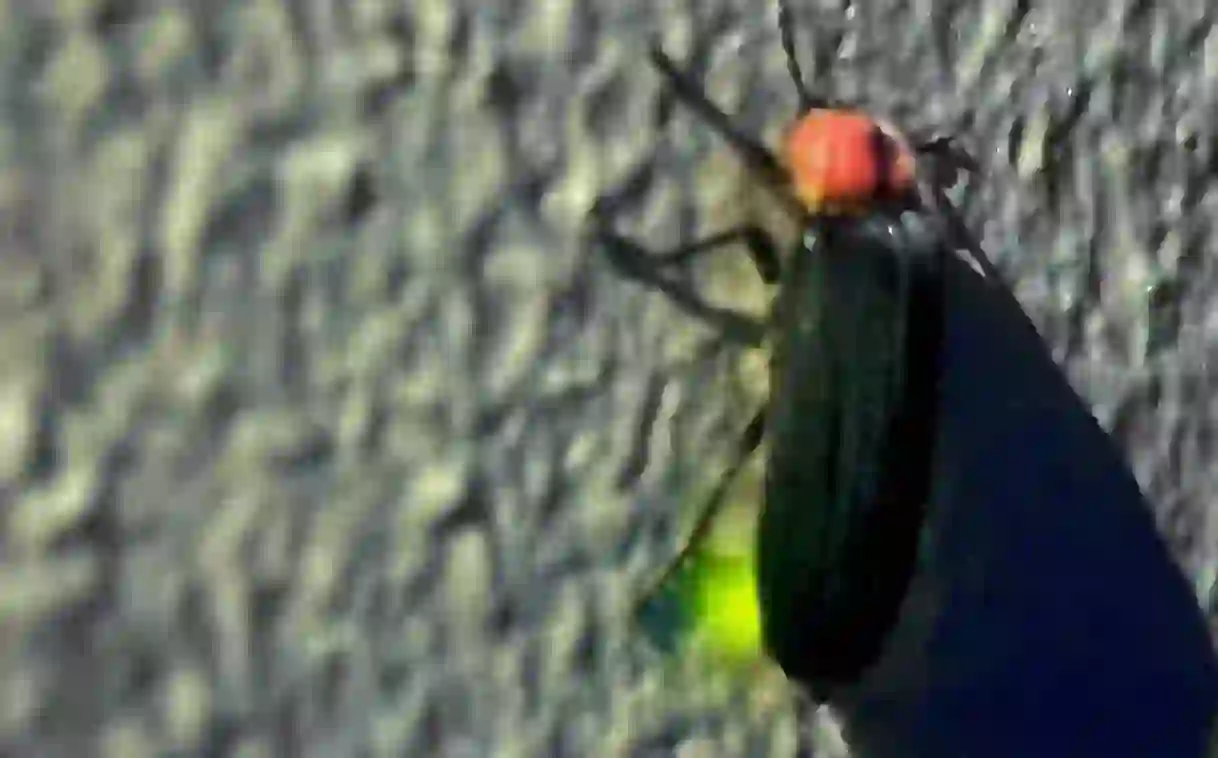
How Do Fireflies Glow?
Fireflies have light-emitting organs in their abdomens. In males, the first and second segments of the abdomen glow, while in females, only the second segment glows. The light is produced through a chemical reaction involving luciferin, luciferase, and body enzymes, similar to glow sticks used at festivals.
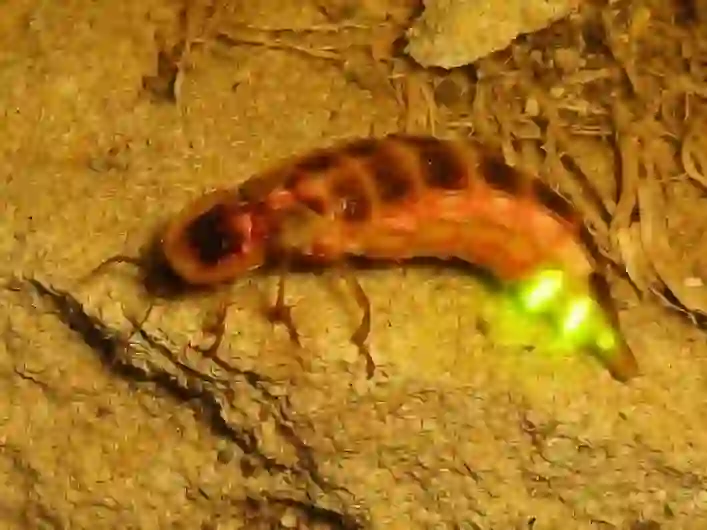
When Can You See Fireflies?
In Japan, Genji-botaru fireflies are commonly seen in early summer, from early May in Kyushu to around July in Tohoku. Heike-botaru fireflies appear about two weeks after Genji-botaru, and sometimes both species can be seen simultaneously.
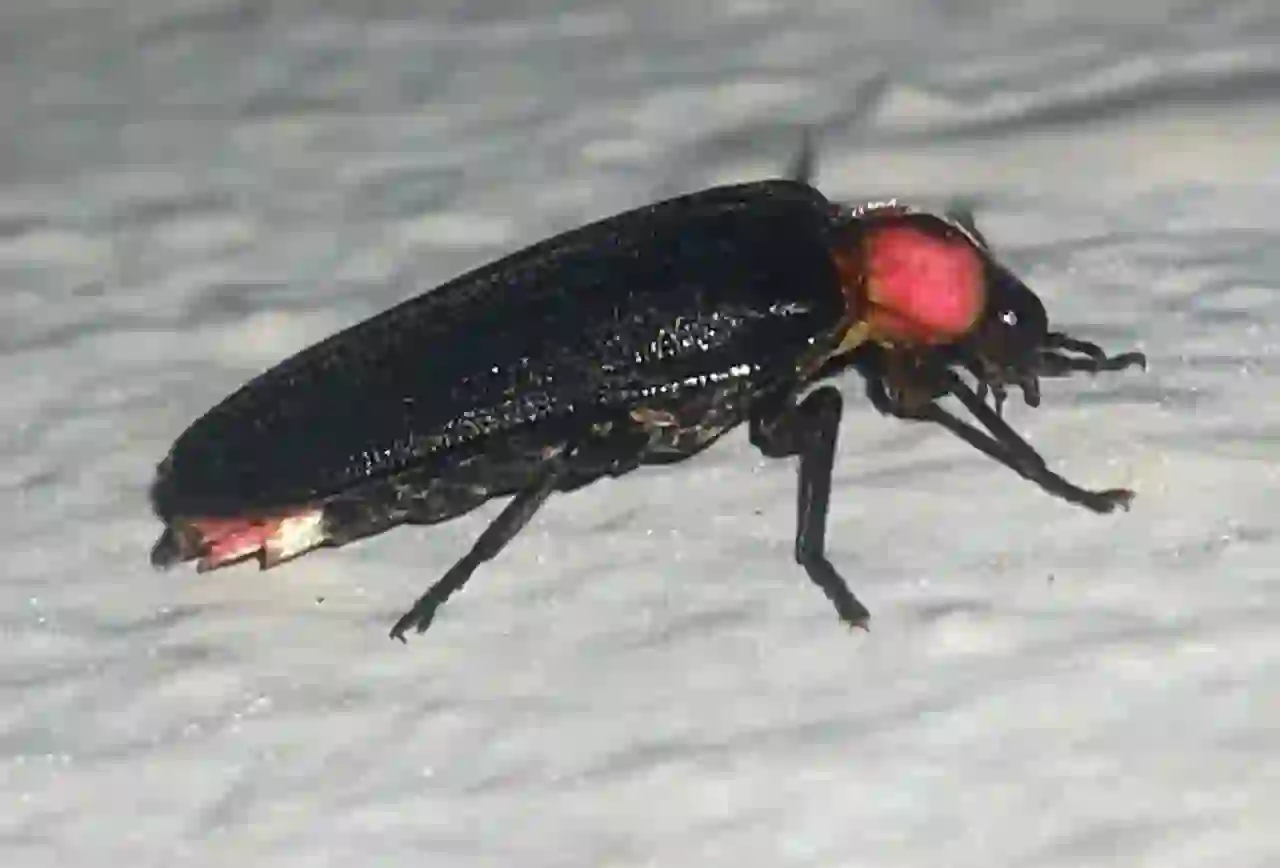
What Time of Day Are Fireflies Most Active?
Fireflies are most active about two hours after sunset, around 7:30-9:00 PM. They also become active around 11:00 PM and 2:00 AM, but the first period is the most active. For the best viewing experience, aim to observe them two hours after sunset.
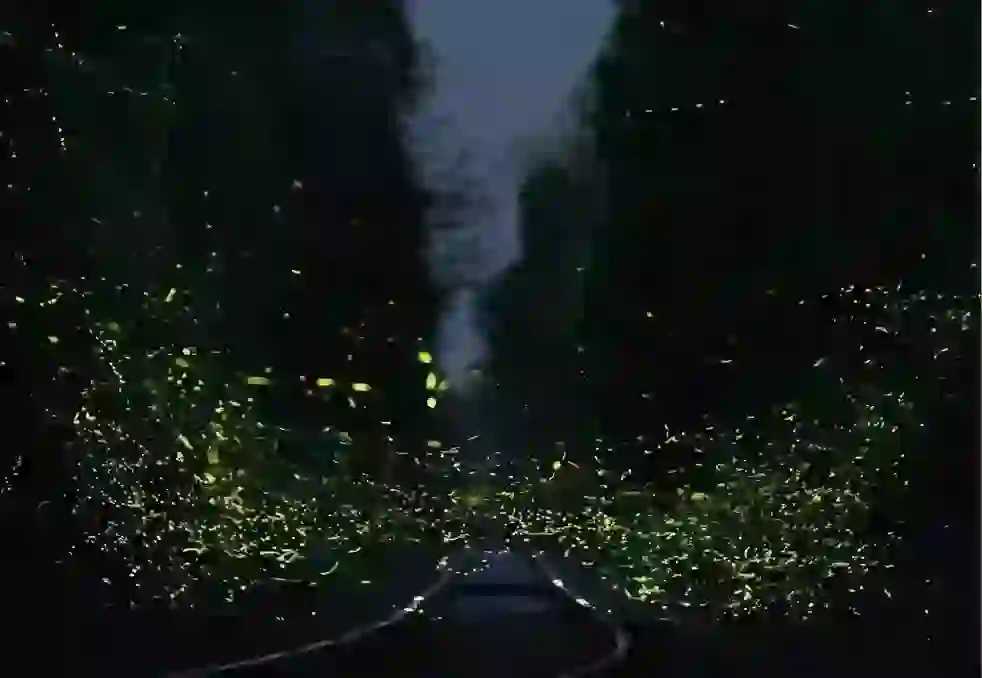
What Conditions Favor Firefly Activity?
Fireflies are most active on warm, humid nights above 20°C, especially after rain. They prefer calm, cloudy conditions with little wind. They are less active during strong winds, rain, or low temperatures.

Do Firefly Eggs and Larvae Glow?
Yes, firefly eggs, larvae, and pupae all glow, although not for reproductive purposes. The reason for their bioluminescence is not fully understood, but it may serve to deter predators by signaling that they are unpalatable.

Do Different Firefly Species Glow Differently?
Different firefly species have distinct bioluminescence patterns. Genji-botaru, the largest species, glows strongly and slowly every 2-4 seconds. Heike-botaru, about 10mm long, glows weakly every second. Hime-botaru, 6-9mm long, glows more strongly than Heike-botaru and blinks. The glow pattern also varies by region, with Genji-botaru in eastern Japan glowing for 4 seconds and resting for 4 seconds, while in western Japan, they glow for 2 seconds and rest for 2 seconds. In between these regions, the glow duration is about 3 seconds.

Are Fireflies Seen Only in Early Summer?
While fireflies are commonly associated with the humid rainy season in early summer, some species in East Asia, including Japan, can be seen in autumn or midwinter. The Akimado-botaru in Korea and China emerges in autumn, while the Iriomote-botaru in Japan's Iriomote Island glows in midwinter.
_optimized.webp?alt=media)
Do Fireflies Glow After Death?
Yes, fireflies continue to glow after death due to the chemical reaction involving the oxidation of luciferin. Their light-emitting organs can remain functional even after death if preserved through drying.

Are There Non-glowing Fireflies?
Not all fireflies glow. Of the approximately 50 species in Japan, only about 14 species emit light. Some fireflies glow only during their larval stage or shortly after becoming adults, while others have very weak luminescence.

Why Are Fireflies Becoming Rare?
The number of places where fireflies can be seen is decreasing due to the specific conditions they require to survive. Fireflies need clean water, dark environments, and the presence of snails for their larvae to feed on. Pollution from detergents, pesticides, and fertilizers has reduced their food sources. Additionally, increased artificial lighting has diminished the dark environments they need.

Can Fireflies Be Kept Alive Longer?
Fireflies have a short lifespan as adults, typically living only 7-10 days due to their inability to eat. However, there are observations that suggest providing them with a sugar solution can extend their lifespan. In good conditions, fireflies given sugar water have been kept for 2-3 weeks.

Is Rice from Fields with Fireflies Tasty?
Firefly larvae feed on snails and other small aquatic creatures in rice fields. Because fireflies thrive in clean water environments, rice from fields with fireflies is often considered safe and of high quality.

What Types of Terrestrial Fireflies Exist?
While fireflies are often associated with water, there are more terrestrial species than aquatic ones. Terrestrial fireflies include species like the Suzukuro-botaru, Katamon-Minami-botaru, Oba-botaru, Ooba-botaru, Kuromado-botaru, and Munekuriiro-botaru. These species inhabit various environments, including grasslands and forests, and feed on different prey, such as spiders and worms.

Would you like to become a part of the 'Animalbook.jp'?
Turn your knowledge into Q&A and share it with the world. ※Publication will be activated after purchase. Let's share information together!
Firefly Type of List
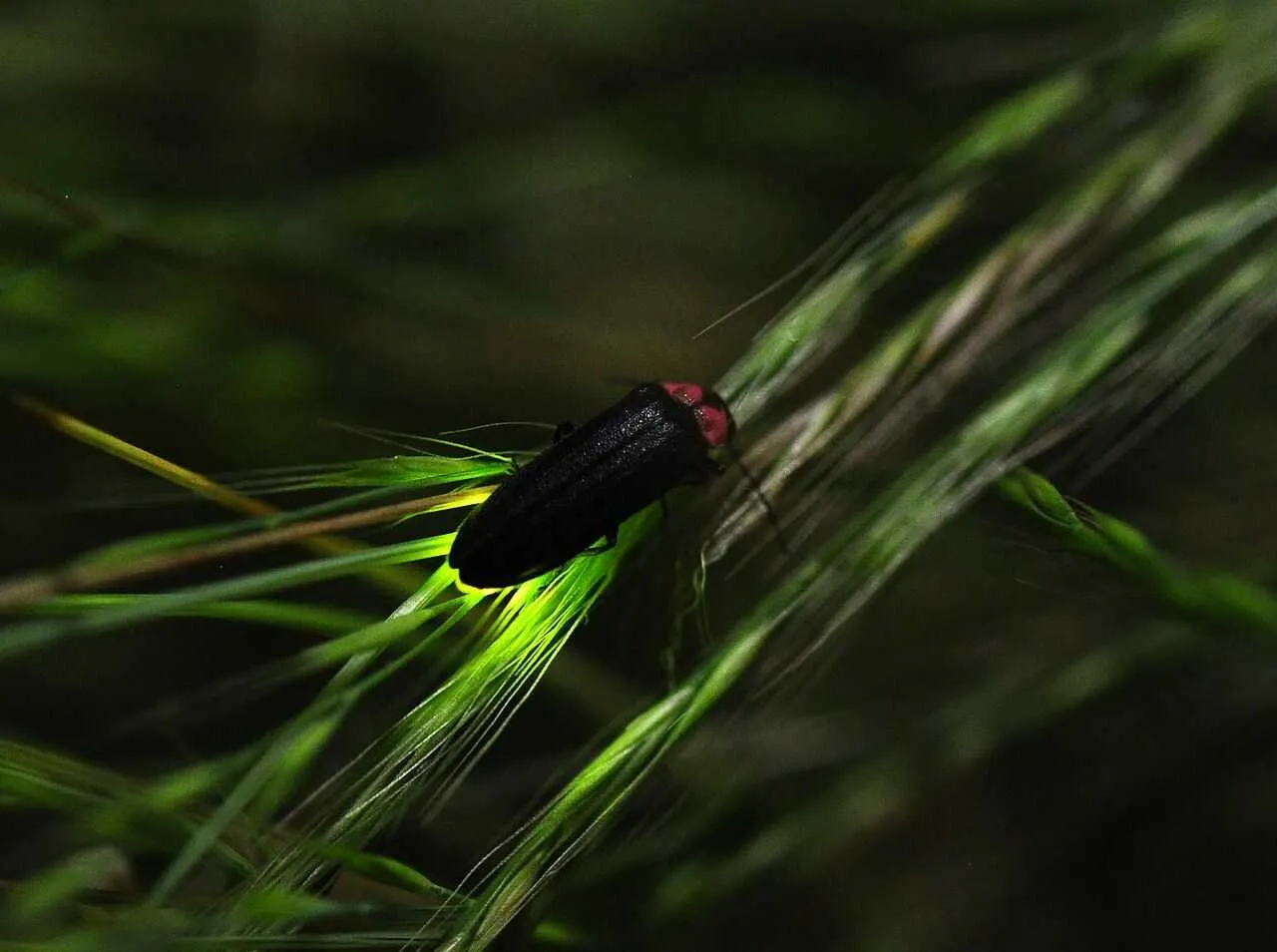
・Genji-botaru ・Heike-botaru ・Hime-botaru ・Madobotaru ・Oba-botaru ・Suzukuro-botaru ・Munekuriiro-botaru ・Kuromado-botaru ・Katamon-Minami-botaru
Information
Congratulations! You are the first commenter!

Create Your Favorite List!
Firefly
Save the animals you love! Build your own list to quickly revisit your favorites later.

Would you like to leave a comment?
※Please note: This is for the purchase of rights to post comments within the article.
Find Your Favorites!
Our shop offers a unique and attractive selection of goods themed around various animals.
Firefly References

Firefly Introduction of media used

出典:https://commons.wikimedia.org/wiki/File:Luciola_cruciata.jpg

出典:https://unsplash.com/ja/写真/昼間の緑の木々の間の黒いアスファルト道路-TjMYP49juCg

Help Enrich Our Animalbook.jp with Your Media!
We are constantly looking to expand and enrich our Animalbook.jp with amazing photos and videos of animals. If you have any media that you'd like to share, please contribute and help us showcase the beauty and diversity of the animal kingdom. Your submissions will be credited and featured in our encyclopedia, reaching a wide audience of animal lovers.



